The Google Android 2.3 Smartphone Guide
With more Google Android 2.3 devices rolling out in the following weeks, should you embrace these new Android 2.3 phones, or hope for a Gingerbread update on your current device? We gathered our resources to prep you with all you need to know about Google Android 2.3, and its accompanying devices, both old and new.
Savoring the Gingerbread Droid
Google Android has shown its worth as a mobile OS over the last two years. If you're an early adopter since the very first Android version was available, perhaps it's high time for an upgrade. You might also probably be overwhelmed by the rate at which Google has been tossing updates to the Android platform. By now, the majority of Android users would at least have a device with an Android version 2.0 / 2.1 (Eclair) mobile OS. Some would have moved onto Google Android 2.2 (Froyo) or made an early move onto Google Android 2.3 (Gingerbread). If you're still on Google Android 1.6 (Donut), do consider a timely upgrade to a new device soon.
If you're still feeling lost over what you've gained (or should get) in the various version updates, let us explain some of the prominent features that were added in each version.
Prominent Updates to Google Android Versions
Google Android 2.0 / 2.1 (Eclair) | Google Android 2.2 (Froyo) | Google Android 2.3 (Gingerbread) |
|
|
|
Over the next few months, there will be a flood of Android devices from the likes of Samsung, Sony Ericsson, HTC, LG and many more that'll be armed with the Gingerbread version. On the other hand, there are also a number of existing devices receiving the Android 2.3 update, such as HTC and its earlier Desire series. So if you're in the market for a new Android phone or seeking confirmation of an impending Android 2.3 update to your device, here's what's available, and what's coming up in the next few months.

Can't wait to get your hands on the Gingerbread Android? Hold your horses, as you're about to see more devices preloaded or updated with Google Android 2.3 in the next few months.
We'll start the ball rolling with the company that made it possible for Android to exist - Google. Enlisting the aid of its partners such as HTC and Samsung, Google has been faithfully displaying a report card every year, showcasing its latest improvements on the open-source OS. Currently, the focus falls upon the Google Nexus S, the first Android 2.3 device to reach the market, and its predecessor, the Google Nexus One.
New Devices preloaded with Google Android 2.3
 | Google Nexus S Not surprisingly, Google is the first to present its Android 2.3 OS on their own phone, the Google Nexus S. Manufactured by Samsung, the Nexus S is given the same Super AMOLED 4-inch display and 1GHz processor as seen on the earlier Samsung Galaxy S. Though it lacks microSD expandability, it does come with 16GB of internal storage, which should suffice for your apps and multimedia needs.Availability: January 2011 |
Existing Devices Receiving Google Android 2.3 Update
 | Google Nexus One Not counting the HTC Dream that was the first Google Android device entering the mainstream market, the Google Nexus One is the true representation of the company's attack upon the smartphone market. Starting with Android 2.1, the Nexus One was soon updated to Android 2.2. After a long wait, the Nexus One is finally getting a piece of the Gingerbread cookie, receiving an official over-the-air update to Android 2.3.3 from February 2011.Update Availability: February 2011 |
HTC
HTC has been a stoic supporter of the Google Android platform since day one. In fact, the very first Google Android phone was manufactured by HTC, dubbed as the HTC Dream. Two years down the road, we've seen a plethora of Android phones from the Taiwanese company, showing its support to the mobile OS. Along the way, HTC has been keeping up with the times, constantly introducing firmware installations to its devices after Google releases its Froyo (Android 2.2) updates.
During Mobile World Congress 2011, , which are mostly preloaded with Google Android 2.3. That's not to say that the company has forgotten about its loyal users who've been snapping up the earlier Desire series. Right after its 2011 lineup revelation, HTC also announced an .
Should you need to have a quick glance of the available HTC devices, (Note: huge table that's best viewed with 100% screen view)
Update: HTC's UK Facebook page has just made a post, which to include the Gingerbread update on the HTC Desire, citing the lack of onboard memory as one of the main reasons for being unable "to bring Gingerbread and keep the HTC Sense experience on the HTC Desire." We've approached HTC Singapore, and the company has not been able to confirm if this will affect all HTC Desire units globally. However, in a later post on HTC's Facebook page, the company , and decided to bring the Gingerbread update to the HTC Desire after all. As of now, HTC hasn't confirmed if the update will still happen in Q2 2011 or postponed to a later date.
As of now, here's a snapshot of the following devices that will come preloaded or receive the Android 2.3 update:-
New HTC Devices Preloaded with Google Android 2.3
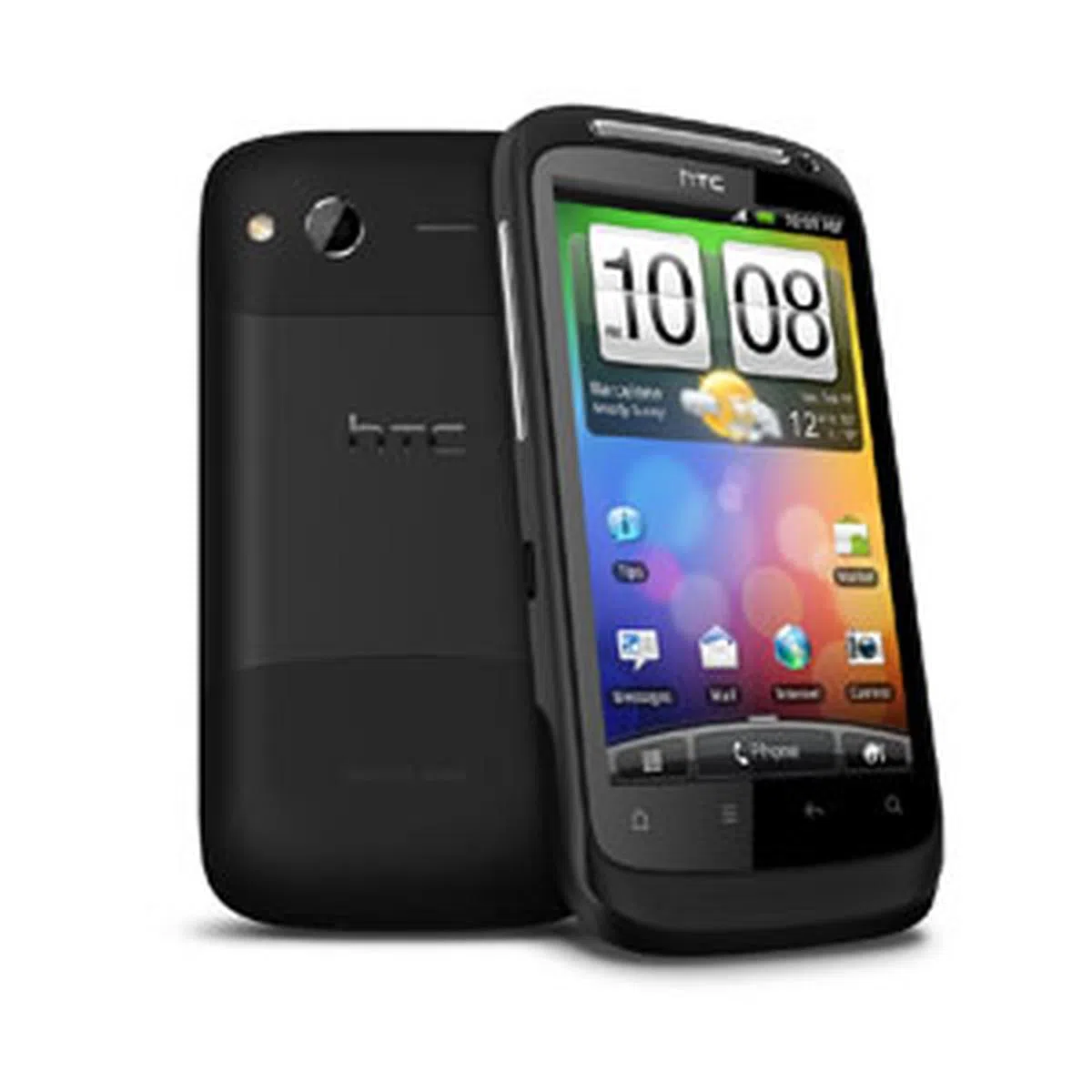 | HTCDesire S Seems like there's a lot of S labels popping up lately. Even HTCis jumping onto the bandwagon with the HTCDesire S, the obvious successor to the HTCDesire. The upgraded successor comes with a bumped up RAM capacity to 768MB, a new Qualcomm Snapdragon MSM8255 1GHz processor and faster HSDPA download speeds clocking in at 14.4Mbps. While its camera sensor remains at 5-megapixel, it is now capable of 720p video recording. Availability: Q2 2011 |
 | HTC Wildfire S Smartphones have become much more affordable over the last two years. The HTCWildfire is HTC's answer to the growing demand for an affordable Android phone. In 2011, this is promptly followed up with its successor, the HTCWildfire S. The new Wildfire S and its predecessor share the same goal - to create high sales volume through its affordable, yet feature packed offerings. Along the way, it gets a few upgrades, such as Google Android 2.3 update, to an improvement on its display with a HVGA resolution of 320 x 480 pixels, and a 5-megapixel camera Availability: Q2 2011 |
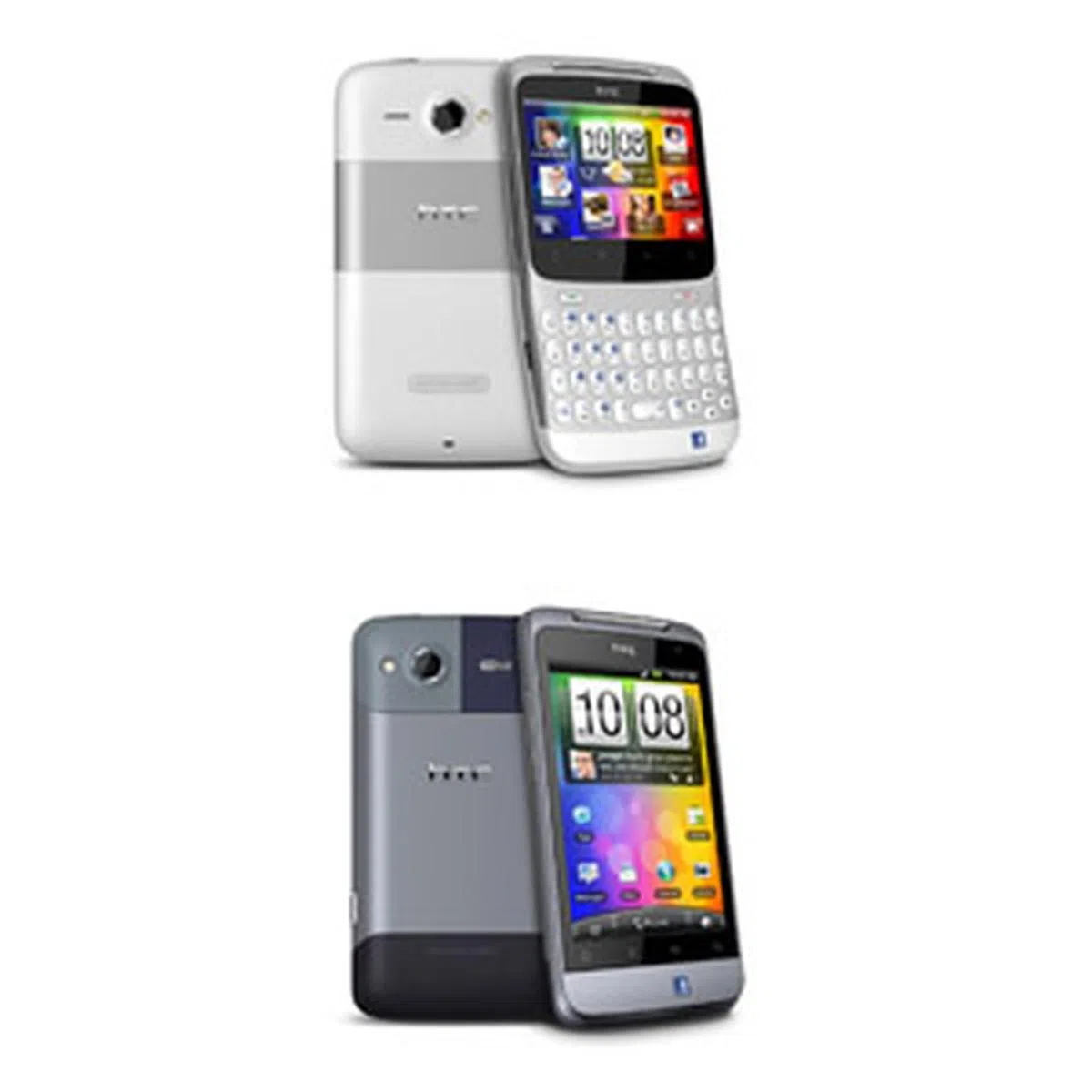 | HTCSalsa / HTCChacha HTC devices have been known for its tight integration to Facebook, be it through the phone's contacts or HTC's Friend Stream that pulls news feed from various social networks. Thus, it's no surprise to see a Facebook-centric Android device by HTC, with a dedicated Facebook button to access the social network. The Facebook button is the core focus of the HTCSalsa and HTCChacha. Its contextual-awareness will notify you of any potentially shareable content, be it music, web pages or messages, through a pulsing, breathing light. An even tighter integration into the basic functions of the device such as contacts is implemented, with your friend's latest status update and photos being reported when an incoming call comes through. New Facebook-centric widgets are also added into the formula to complete the Facebook experience on the mobile platform. Availability: Q2 2011 |
Existing HTC Devices Receiving Google Android 2.3 Update
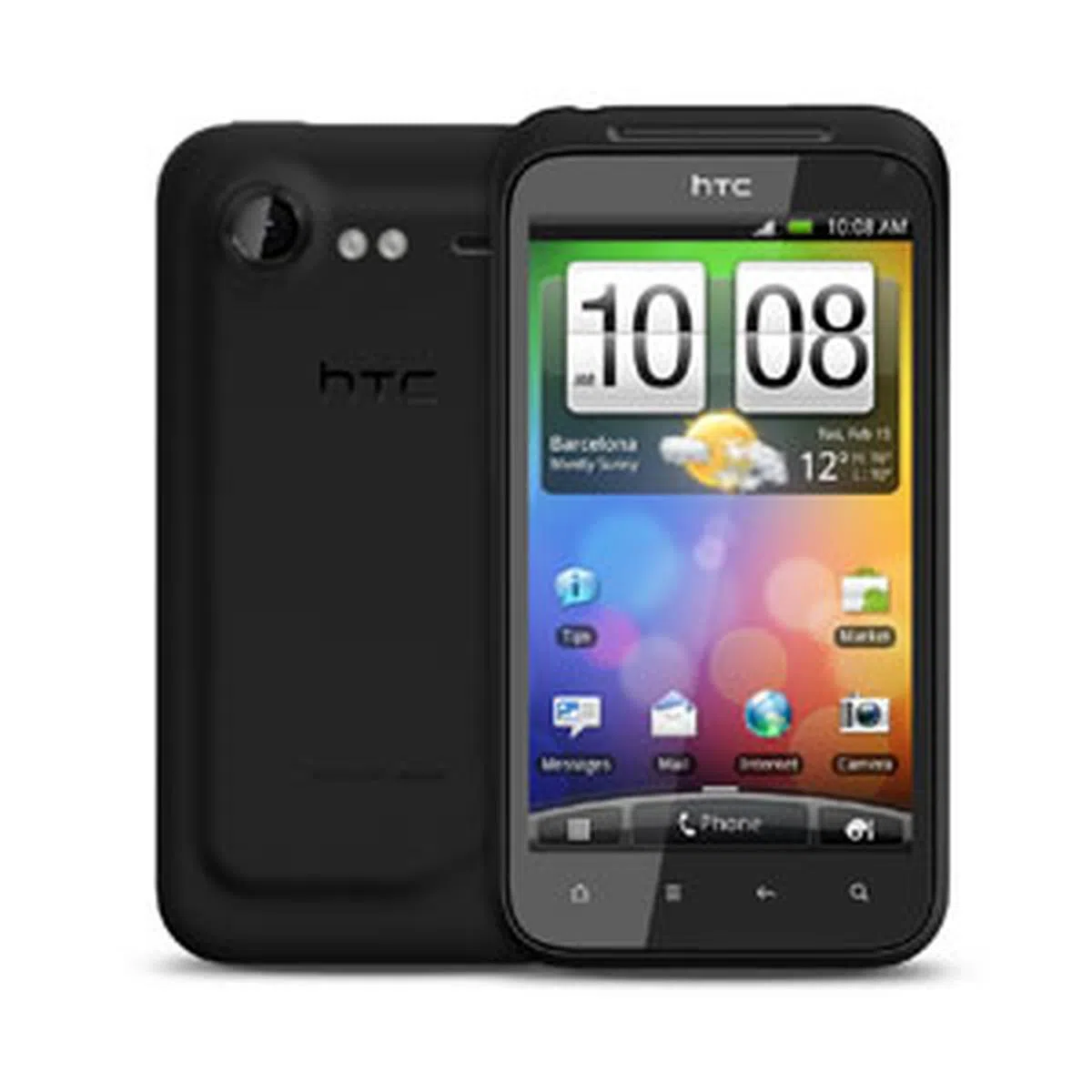 | HTC Incredible S To start off 2011, HTCintroduced the HTC Incredible S. Similar to the Desire S, it will be powered by the same Qualcomm 1GHz processor, but it goes a step further with a larger 4-inch screen at a resolution of 480 x 800 pixels, powered by Super LCD. Its imaging capabilities is also given a slight advantage over the other two devices, with an 8-megapixel camera accompanied by two LED flashes. Its multimedia features are aplenty, including stereo surround sound and the ability to stream the device's content through DLNA. Unfortunately, the Incredible Sis preloaded with Android 2.2, in a bid to bring the device to the market as soon as possible. On the bright side, it will be receiving the Android 2.3 update by Q2 2011. Device Availability:March 2011 Android 2.3 Update Availability: Q2 2011 |
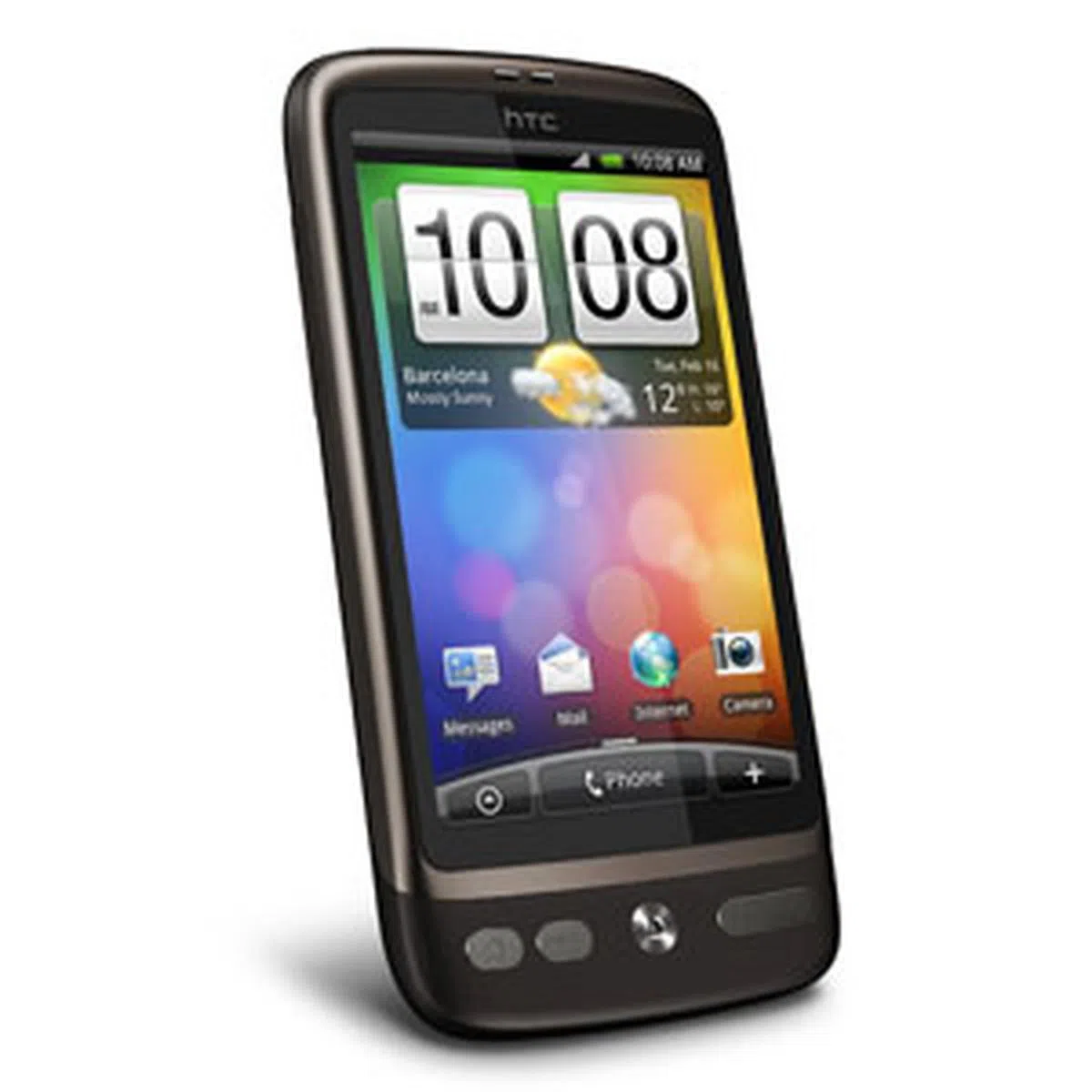 | HTCDesire The HTC Desire certainly lived up to its title as the Best Smartphone in our annual Tech Awards. Amongst the 2010 Android lineup, the Desire was one of the rare few that kept a close watch on Android's constant update. While it started with Android 2.0, the Desire soon followed up with the Android 2.2 Froyo update, bringing Adobe Flash 10.1 support and wireless hotspot functionality to it. And in a show of good after sales support, HTCis also including the Desire for its Android 2.3 Gingerbread update in Q2 2011.Android 2.3 Update Availability: Q2 2011 Update:HTChas retracted its earlier decision to include the Gingerbread update on the HTCDesire, citing the lack of onboard memory as one of the main reasons for being unable "to bring Gingerbread and keep the HTC Sense experience on the HTC Desire." However, in a later post on HTC's Facebook page, the company reversed its decision, and decided to bring the Gingerbread update to the HTC Desire after all. As of now, HTC hasn't confirmed if the update will still happen in Q2 2011 or postponed to a later date. |
 | HTCDesire Z Android devices equipped with a physical QWERTYkeyboard are a rare sight. And in most cases, such devices are hefty and bulky. The HTC Desire Z managed to skirt that issue with the HTCDesire Z. Being one of the two new Desires that were revealed in the second half of 2010, the Desire Z's selling point is found in its unique Z-hinge design, which snaps and locks the display to reveal its four-row QWERTY keyboard. Being a relatively recent member in its portfolio, it's not surprising for HTCto include theAndroid 2.3 update for the Desire Z.Android 2.3 Update Availability: Q2 2011 |
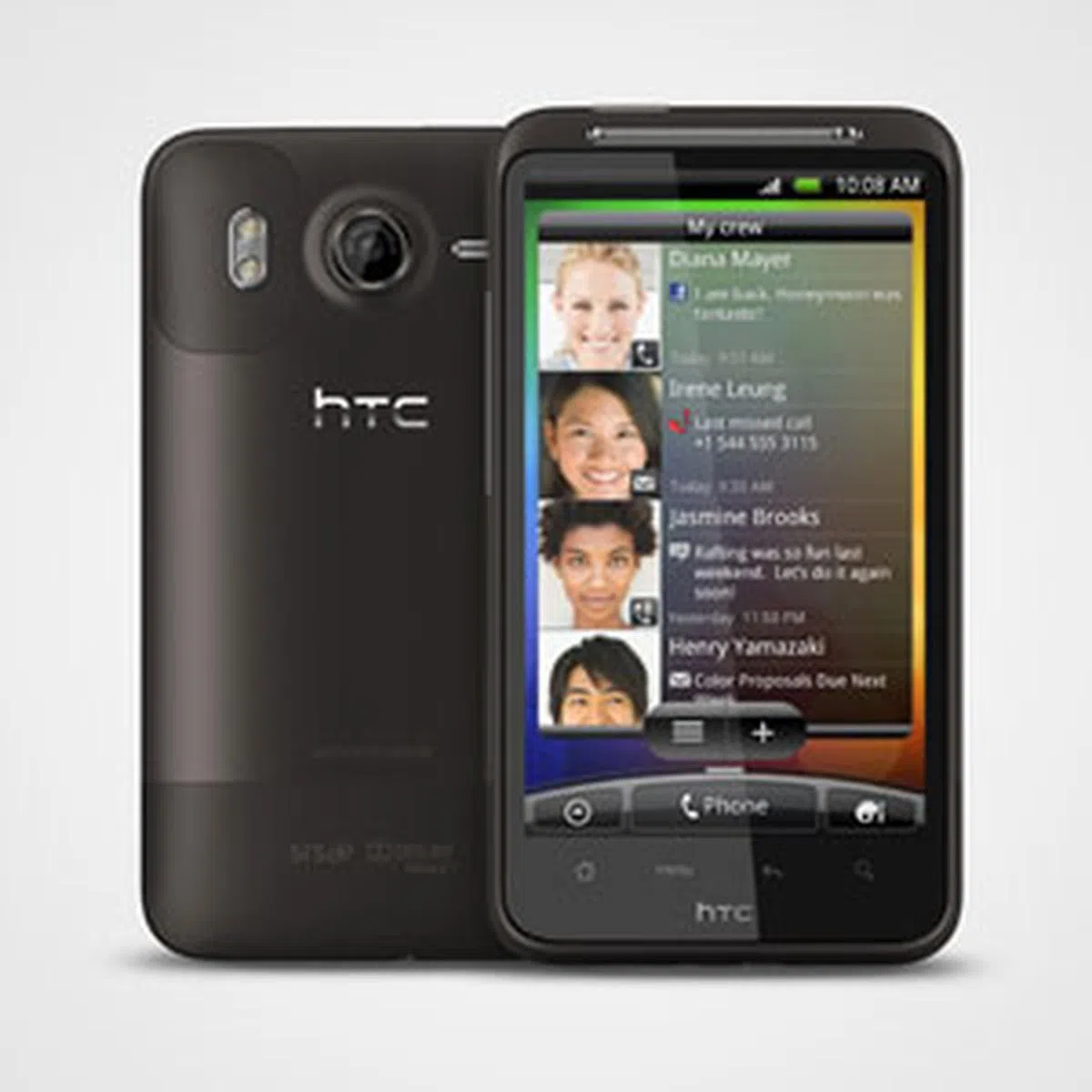 | HTCDesire HD A juggernaut amongst Android phones, the HTCDesire HDfollows the footsteps of its earlier counterparts, focusing on multimedia performance. There's plenty to like about the HTC Desire as it sports some cool features that aren't available on the previous Android models like the HTC Desire, HTC Legend or Nexus One: namely, a large 4.3-inch screen, DLNA support, large storage space of 1.5GB and better camera output. With the well functioning and updated HTC Sense and a complimentary suite of web services via HTCSense.com. Fortunately, all these nifty features are here to stay, even after its impending Android 2.3 update that'll be happening in Q2 2011.Android 2.3 Update Availability: Q2 2011 |
LG
LG has been taking careful steps when they started to explore the Android world. Unfortunately, that was where it faltered, being unable to keep up with the competition. In 2010, the company did not have much to show, with just a few devices that did not make much of an impression. Faced with the threat of getting ousted even on the Android platform, the Korean company took on a more aggressive approach in 2011, charging head on into experimental territory. This includes their first dual-core smartphone, the LG Optimus 2X, a new display technology on their LG Optimus Black, and bringing 3D technology to the mobile market with the LG Optimus 3D.
Sounds pretty exciting for consumers, but here's the catch - these LG devices will be launched with Android 2.2. Fret not, LG has promised an Android 2.3 update to these three devices at a later date. So if you are not too concerned with an earlier Android version and eager to experience the dual-core speeds or 3D content on these LG devices, here are some of the key features of these LG devices.
For a quick glance at the specifications,
LG Devices Receiving Google Android 2.3 Update
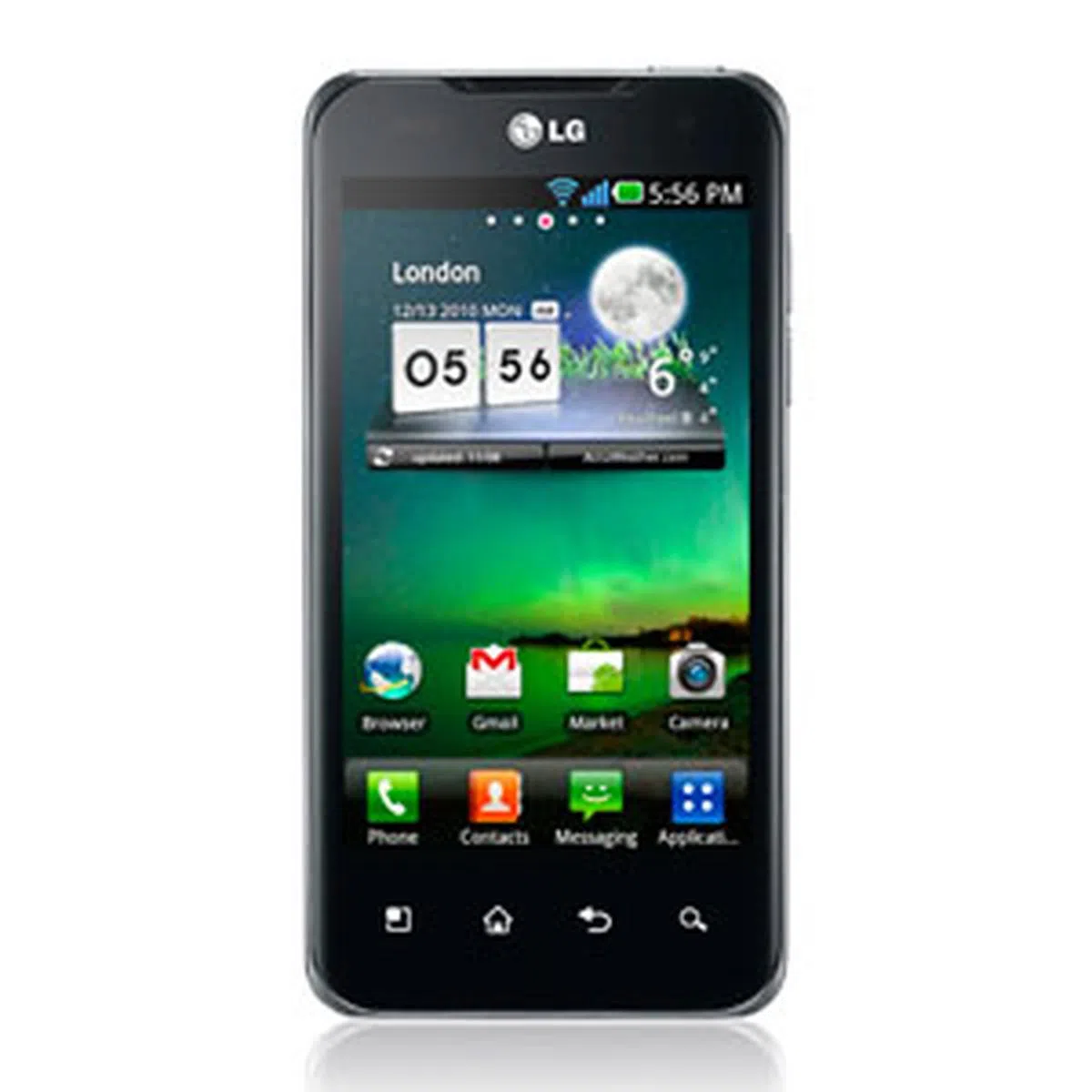 | LGOptimus 2X Powered by NVIDIA's Tegra 2 chip and loaded with Android 2.2 (with an upcoming update to 2.3), the LG Optimus 2X also offers 1080p video recording or playback through either its 4.0-inch WVGA screen or via HDMI-out. As it stands, the Optimus 2Xis LG's call to arms against its competitors, bringing dual-core CPU performance on the mobile platform. In other words, the Optimus 2X holds much potential as a high performance device. All it needs, is the right apps to harness and showcase its processing prowess. At the same time, we also hope for a newer firmware to make it a more power efficient device. Device Availability:March 2011 Android 2.3 Update Availability: TBC |
 | LGOptimus Black It's not easy to create a phone that looks as good as it performs. The Optimus Black represents the company's continued focus on design excellence. Its unique selling point lies with its slim profile that measures in the range of 6mm to 9.2mm, thanks to the tapered edge along the borders. This does give the impression that the Optimus Black is thinner than it re. Visual performance also takes center stage with its 4-inch display with improved brightness thanks to its Nova display. Device Availability: May 2011 Android 2.3 Update Availability: TBC |
 | LGOptimus 3D The LG Optimus 3D isn't just unique for its 3D proposition. The device is powered by the Texas Instrument OMAP4 chipset, which creates a dual-core, dual-channel and dual-memory architecture (hence 3D) to drive better performance for its 3D imaging and display aspects. Speaking of which, the display comes with a generous real estate space of 4.3 inches, and as is capable of rendering 3D images without the use of 3D glasses. Besides its 3D display, the Optimus 3D comes with dual 5-megapixel cameras for 3Dimaging. In short, the Optimus 3D brings a whole lot of novelty to the Android table. Question is - will the novelty wear off over time? Time will tell.Device Availability: TBC Android 2.3 Update Availability:TBC |
 | LGOptimus Black It's not easy to create a phone that looks as good as it performs. The Optimus Black represents the company's continued focus on design excellence. Its unique selling point lies with its slim profile that measures in the range of 6mm to 9.2mm, thanks to the tapered edge along the borders. This does give the impression that the Optimus Black is thinner than it re. Visual performance also takes center stage with its 4-inch display with improved brightness thanks to its Nova display. Device Availability: May 2011 Android 2.3 Update Availability: TBC |
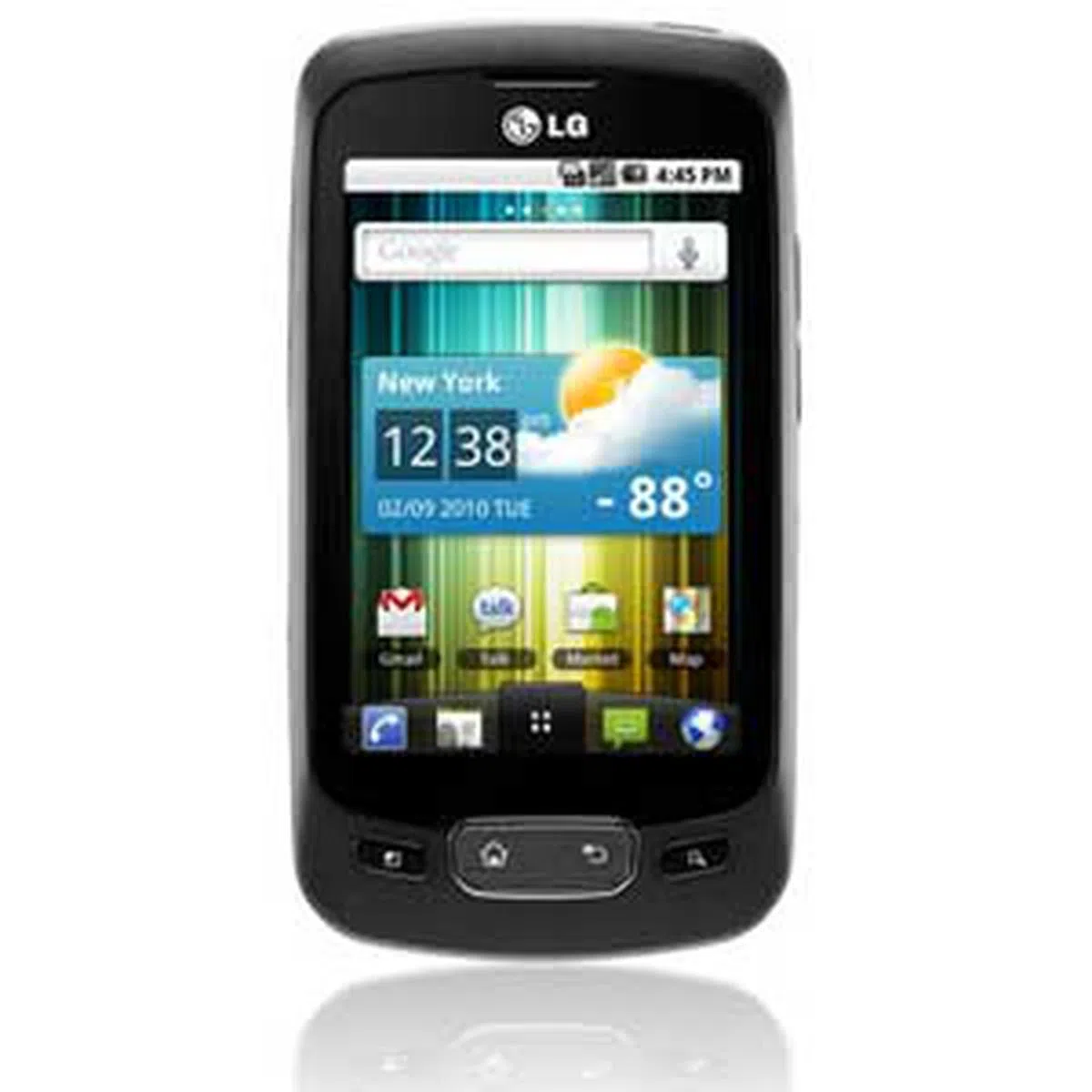 | LGOptimus One Winner of the Best Value Smartphone in our annual Tech Awards, the LGOptimus proves to be truly a devices that's value for buck. Though it does not have the raw processing power of its newer siblings, this petite Android device, powered by a 600MHz processor and a modestly sized 3.2-inch display, is an indication of the wide-reaching presence of the Android platform into the masses. And as we mentioned, the affordable pricing makes it even more enticing for one to hop onto the Android bandwagon.Android 2.3 Update Availability: June 2011 |
Samsung
Samsung's approach to the mobile market is akin to tossing a fish net into the sea. Google Android is one of the hopeful catches of the day, which will reel in a significant number of adopters for its mobile devices. True enough, their flagship model, the Samsung Galaxy S, was a big hit with consumers, gaining an equal foothold against the HTC Desire during its launch. Technically, it had first dibs on Android 2.3 through the Nexus S. And in an attempt to outperform its own expectations, we see a hardware upgrade that is fitting for the Android 2.3 update, through the Samsung Galaxy S II.
While the Galaxy S got off to a good start, it had its fair share of woes. This is mostly related to the Android update process. Though the Android 2.2 Froyo update did happen for the Galaxy S, it was a tad late with more Froyo-ready devices appearing on the market. Hopefully, with the Galaxy S II paving the way, we can expect some confirmed news of Android 2.3 updates for the earlier Galaxy series.
For a quick glance at the specifications,
New Samsung Devices Preloaded with Google Android 2.3
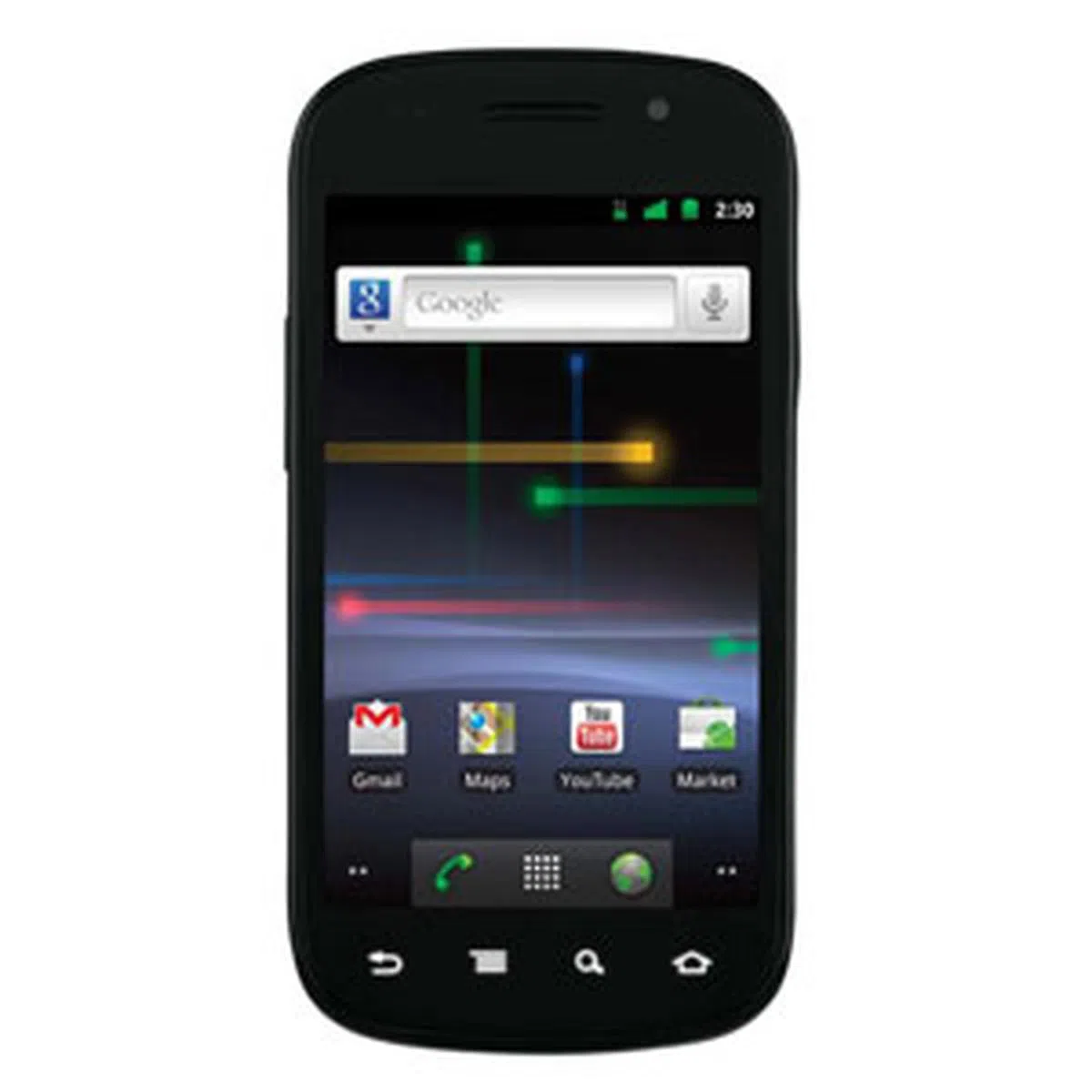 | Samsung Nexus S Show of hands - did anyone not see this coming? In 2010, after Google introduced the HTC-made Nexus One, HTC followed up with its own HTC Desire. For the Google Nexus S, it's no surprise that Samsung is doing the same thing with the Samsung Nexus S. What is the surprise? Instead of a Super AMOLED display, the Samsung Nexus S opts for S-LCD. Other than this change, the Samsung Nexus S is essentially the Google Nexus S, right down to the very last chip. Device Availability:March 2011 |
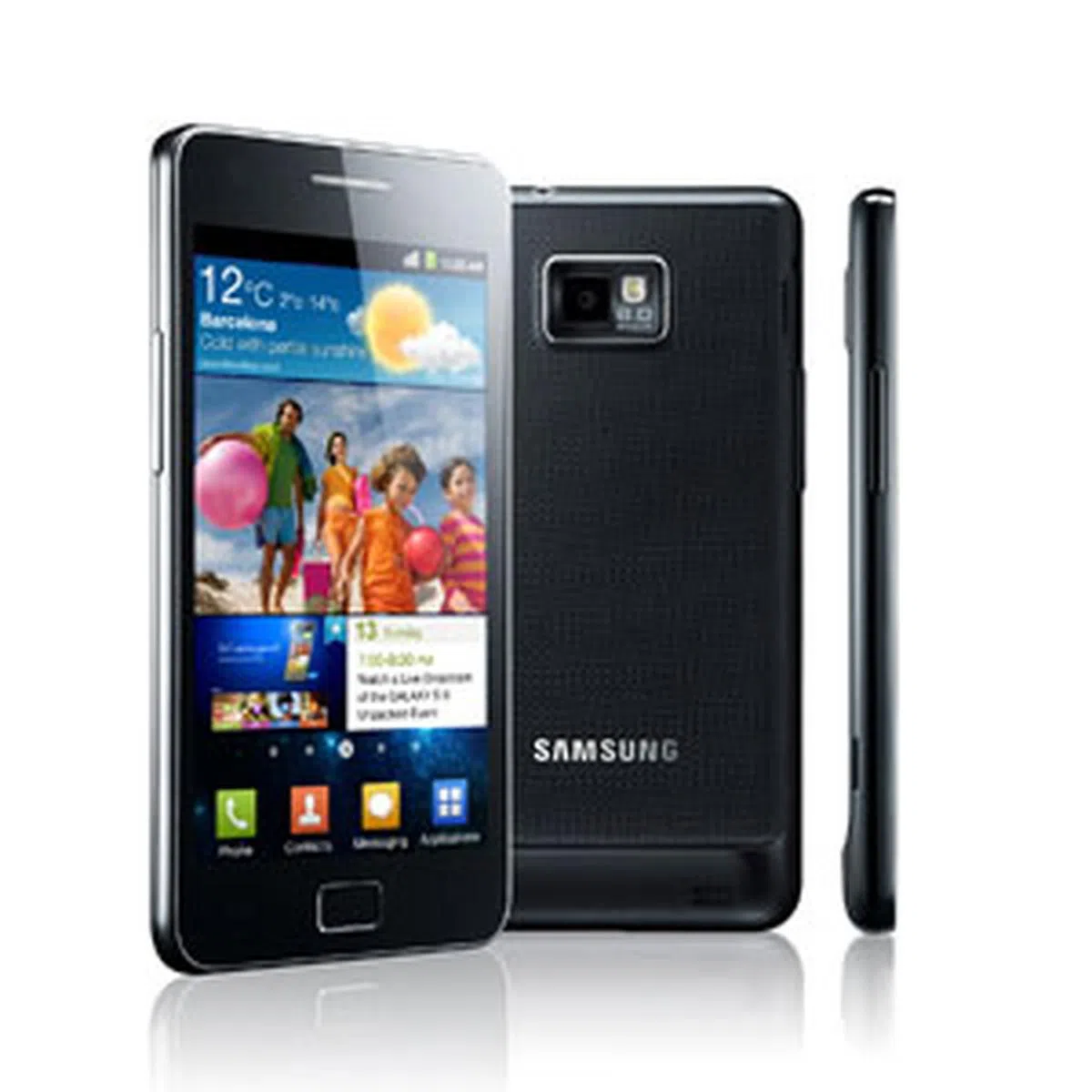 | Samsung Galaxy S II Improved SUPER AMOLED PLUS screen, a dual-core processor and new content such as additional Hubs, Samsung Voice Solutions and Enterprise Solutions. These are just some of the upgrades that made it to the Samsung Galaxy SII, in tandem with its preloaded Google Android 2.3 software. Much emphasis was placed on the GALAXY S II's huge 4.3-inch touch screen. Hardly surprising really, since it features the new Super AMOLED Plus screen, which provides brilliant color gamut and higher contrast ratio. Like its predecessor, the Galaxy S II retains its wiry and light form. As you can see here, its 8.49mm thick body is impressively thin for a phone that packs a few punches like a dual-core processor, and a 1650mAh battery. We can't wait to test this. Device Availability: Q2 2011 |
Existing Samsung Devices Receiving Google Android 2.3 Update
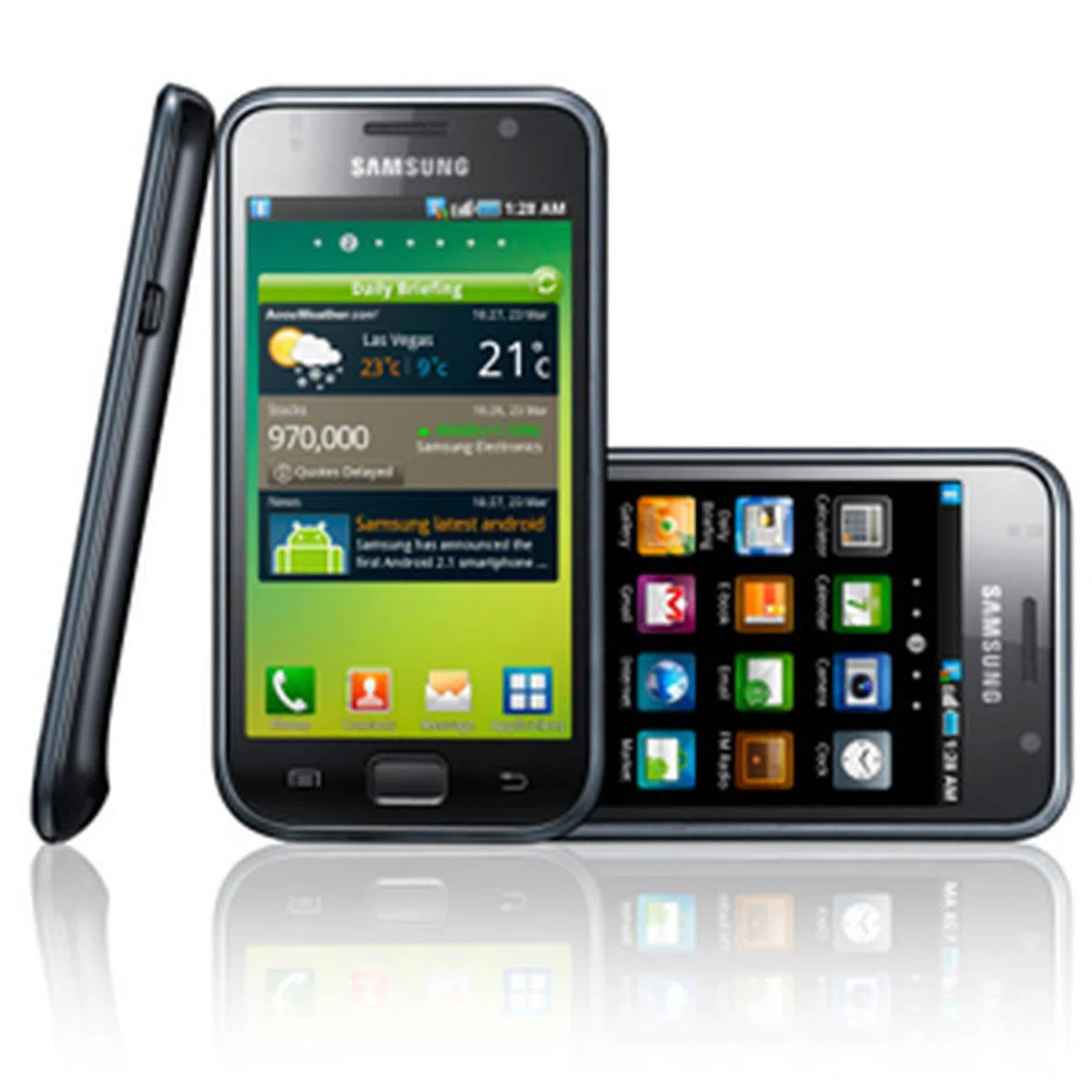 | Samsung Galaxy S Similar to the HTCDesire, the Samsung Galaxy Sis a definitive Android phone that propelled the open-source platform to greater heights. All this is made possible by Samsung's attention to hardware finesse, being the first to employ their 1GHz Hummingbird processor and a exterior to die for. For those who might have noticed the similarities between the Galaxy Sand Nexus S, you're right. Both devices essentially share the same specifications. Question is, why should you consider the Galaxy S, given that both Nexus S will be preloaded with the new Android 2.3 OS?Simple - the presence of microSDexpandability and a Super AMOLEDdisplay. Android 2.3 Update Availability: TBC |
Sony Ericsson
Sony Ericsson's situation is crystal clear - you're better off with a new device from its Xperia series for two simple reasons. Firstly, the company has stated that , one of which is the their flagship model, the Sony Ericsson Xperia X10. Most unfortunate for the existing users, but if you don't fall into that category, here's the good news - the Sony Ericsson Android lineup for 2011 will be preloaded with Google Android 2.3 Gingerbread. And its 2011 portfolio is definitely interesting, with an insanely thin Sony Ericsson Xperia Arc, the PlayStation-certified Xperia Play, a business-centric Xperia Pro and an all-rounder Xperia Neo joining the Android party.
Update: In an unexpected turn of events, Sony Ericsson has . The Android 2.3 update will be made available to X10 users by the end of Q2 2011 to early Q3 2011. However, the company has also stated that the Gingerbread upgrade is subjected to operator decision.
Unfortunately, the Android 2.3 update won't be available for the Sony Ericsson Xperia X10 Mini, X10 Mini Pro, and X8.
How should you differentiate the Sony Ericsson lineup? Well, you can take a quick glance at our summarized points for these four Xperia devices, or (Note: huge table that's best viewed with 100% screen view)
New Sony Ericsson Devices Preloaded with Google Android 2.3
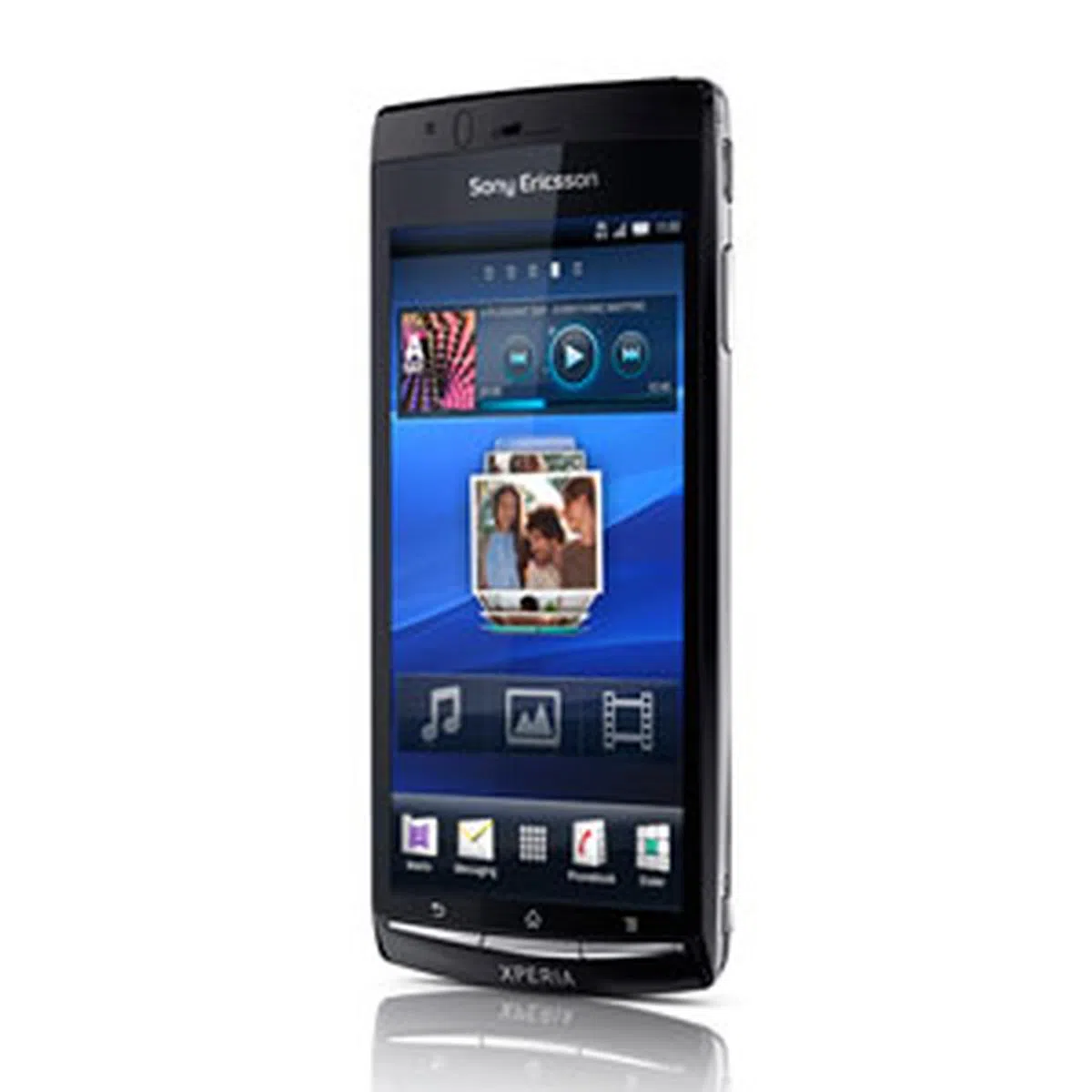 | Sony Ericsson Xperia Arc Announced at CES 2011, the Sony Ericsson Xperia Arc is a clear sign that Sony Ericsson won't be falling behind on the updates. Starting off with Google Android 2.3, the Xperia Arc is by far one of the thinnest Android devices at a mere 8.7mm. Its real draw comes not from being Sony Ericsson's first Android 2.3 device. Staring right at you is the 4.2-inch Reality Display powered by Sony's Mobile Bravia Engine for enhanced display performance. Availability: Q1 2011 |
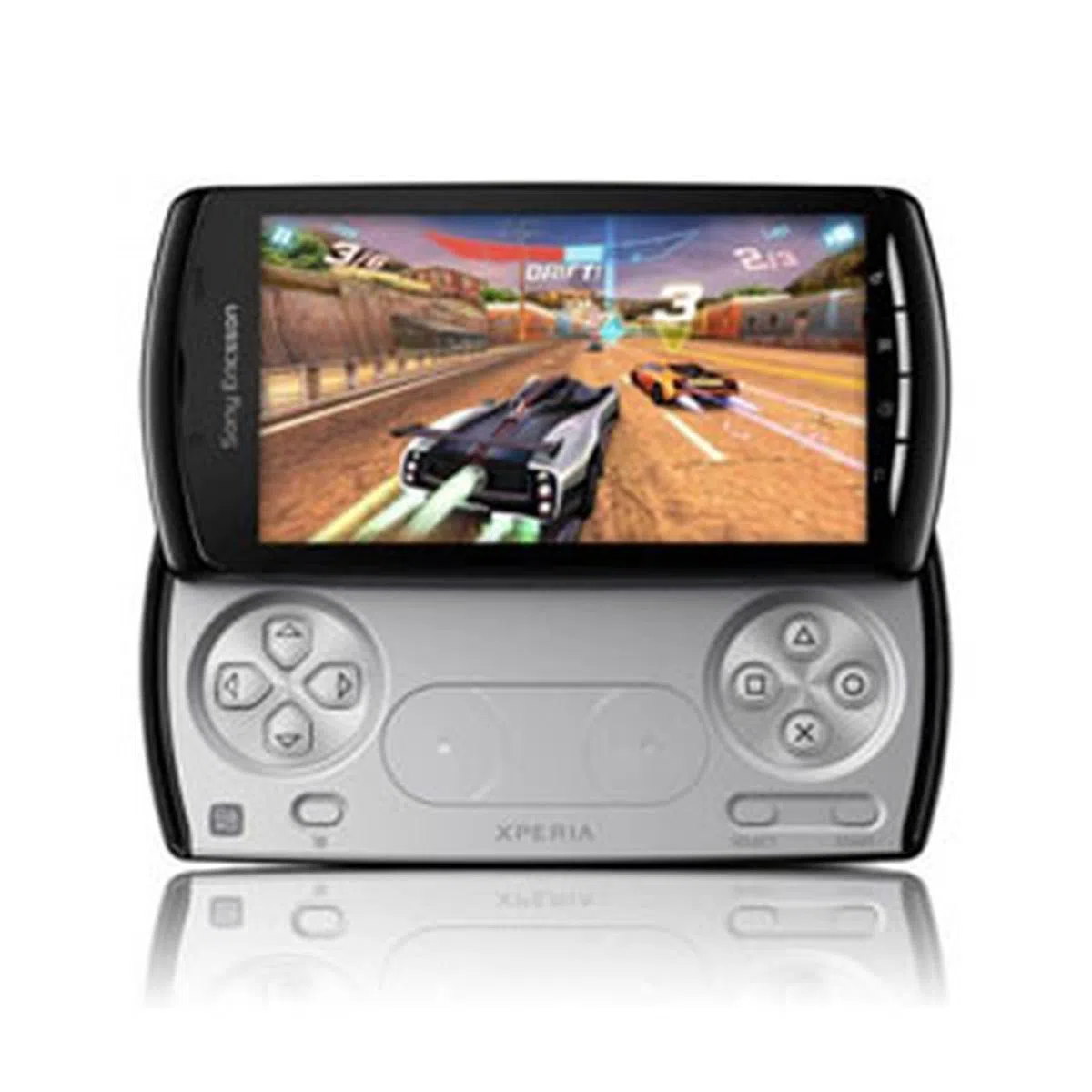 | Sony Ericsson Xperia Play Even before the Sony Ericsson Xperia Play was officially announced at Mobile World Congress 2011, it was gaining fame as the rumoured PlayStation phone. That rumor was soon verified, revealing the Xperia Play as the first PlayStation-certified device, with dedicated PlayStation buttons to enhance the gaming experience. Lest we forget, this is an Android 2.3 smartphone, so you'll get an endless list of Android apps to install on the Experia Play. Availability: From March 2011 |
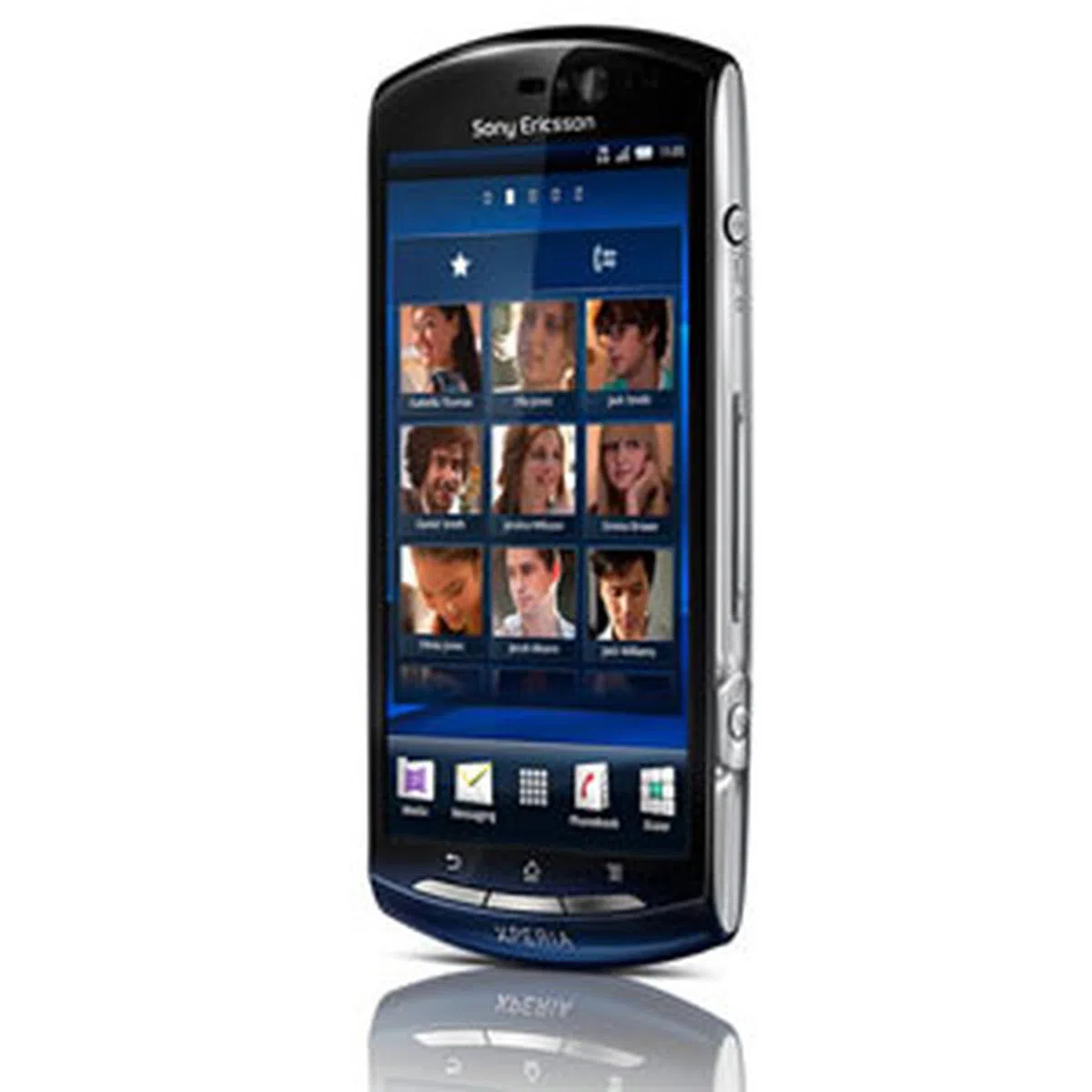 | Sony Ericsson Xperia Neo The Sony Ericsson Xperia Neo bears much similarity to the earlier announced Sony Ericsson Xperia Arc, including the Reality Display with Mobile Bravia Engine, though slightly shrunken down to a 3.7-inch real estate size. Thankfully, that's about the only thing that's downsized, leaving the 8-megapixel camera intact with a HDMI-out to display HD content onto a bigger screen. The Xperia Neo is powered by a new Qualcomm Snapdragon MSM8255 processor, which will do nicely to match the latest Google Android 2.3 OS within. Availability: Q2 2011 |
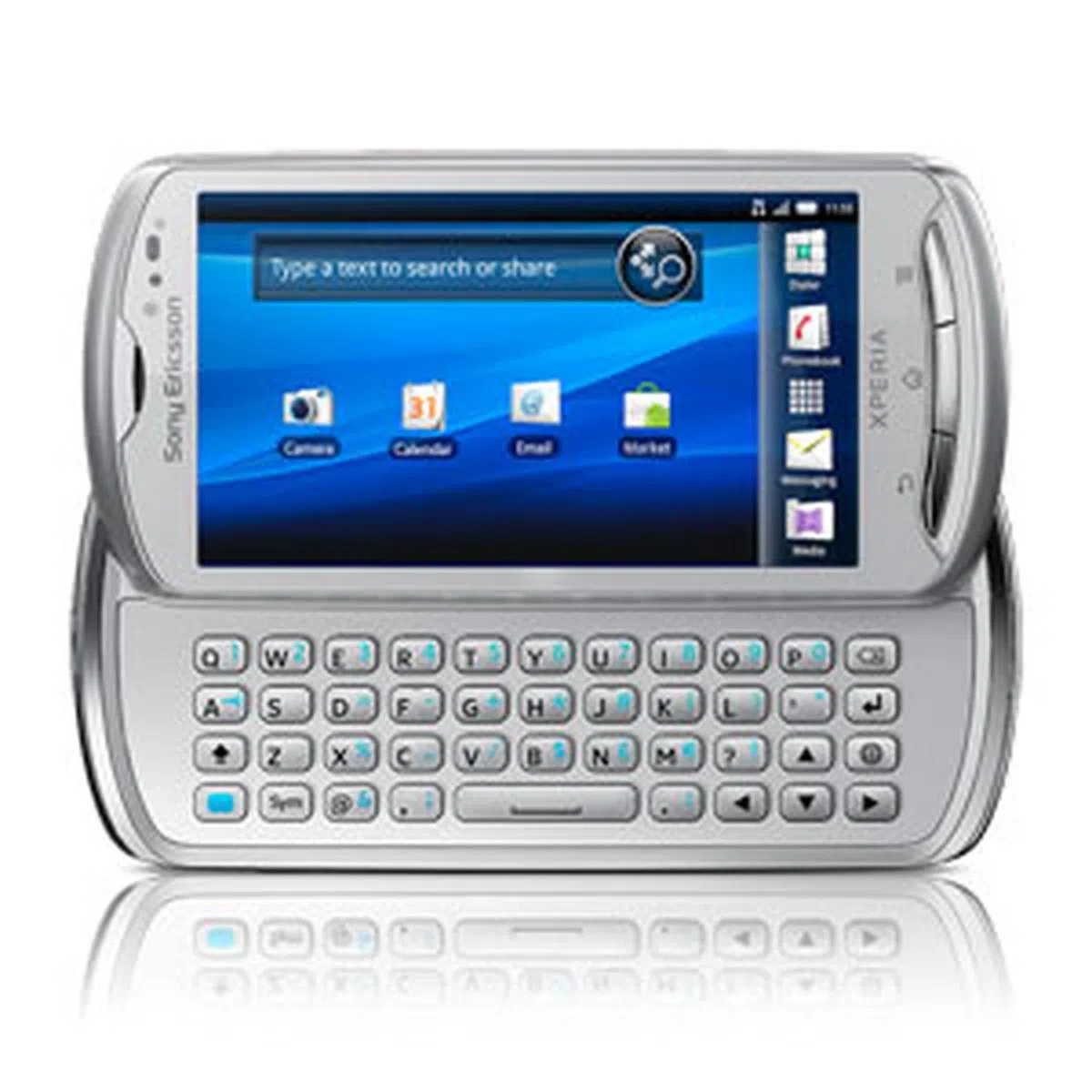 | Sony Ericsson Xperia Pro The final Xperia member to appear would be the Sony Ericsson Xperia Pro. By now, some of you might have guessed its key feature from the "pro" term - a slide-out, physical QWERTY keyboard. Preloaded with Google Android 2.3, the Xperia Pro nonetheless takes a cue from the tablet-optimized Android 3.0 with a split-screen email interface. Likewise, the Xperia Pro is armed with the same Reality Display with Mobile Bravia Engine and an 8-megapixel camera sensor to put a balanced mix of work and entertainment on this Android 2.3 device. Availability: Q2 2011 |
Existing Sony Ericsson Devices Receiving Google Android 2.3 Update
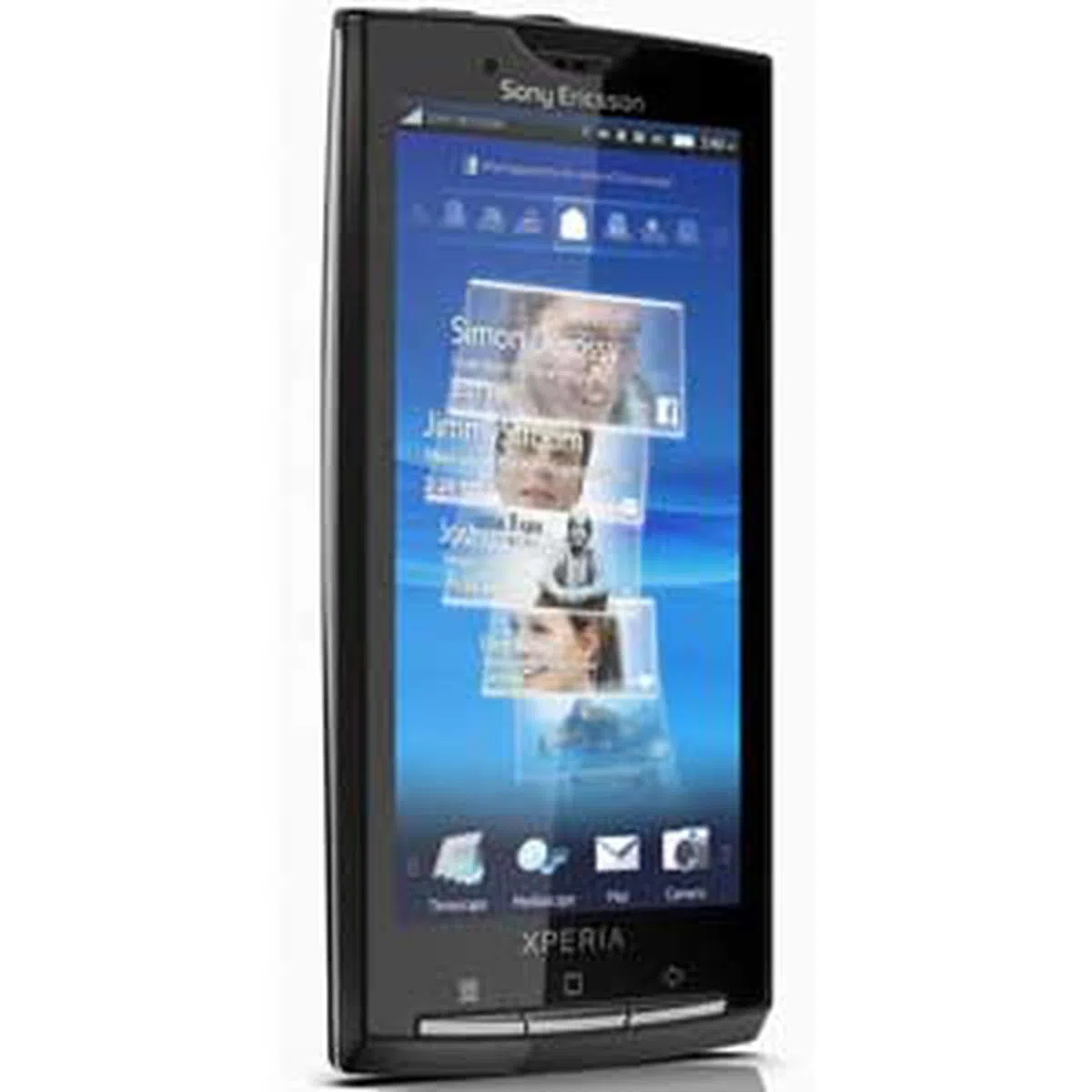 | Sony Ericsson Xperia X10 As they say, better late than never. The Sony Ericsson Xperia X10 had a great amount of potential in its hardware delivery, sporting a 1GHz Snapdragon processor and an impressive 8-megapixel camera and good imaging quality befitting the brand. Its initial launch was hindered by the use of Android 1.6, and a slow update to Android 2.1 put it way behind the competition while others moved onto the Android 2.2. Froyo edition. Thankfully, the company heeded much of the consumers' request, and decided to bypass the Android 2.2 upgrade straight to the new Gingerbread version.Android 2.3 Update Availability: End Q2 / Early Q3 2011 |
Our articles may contain affiliate links. If you buy through these links, we may earn a small commission.